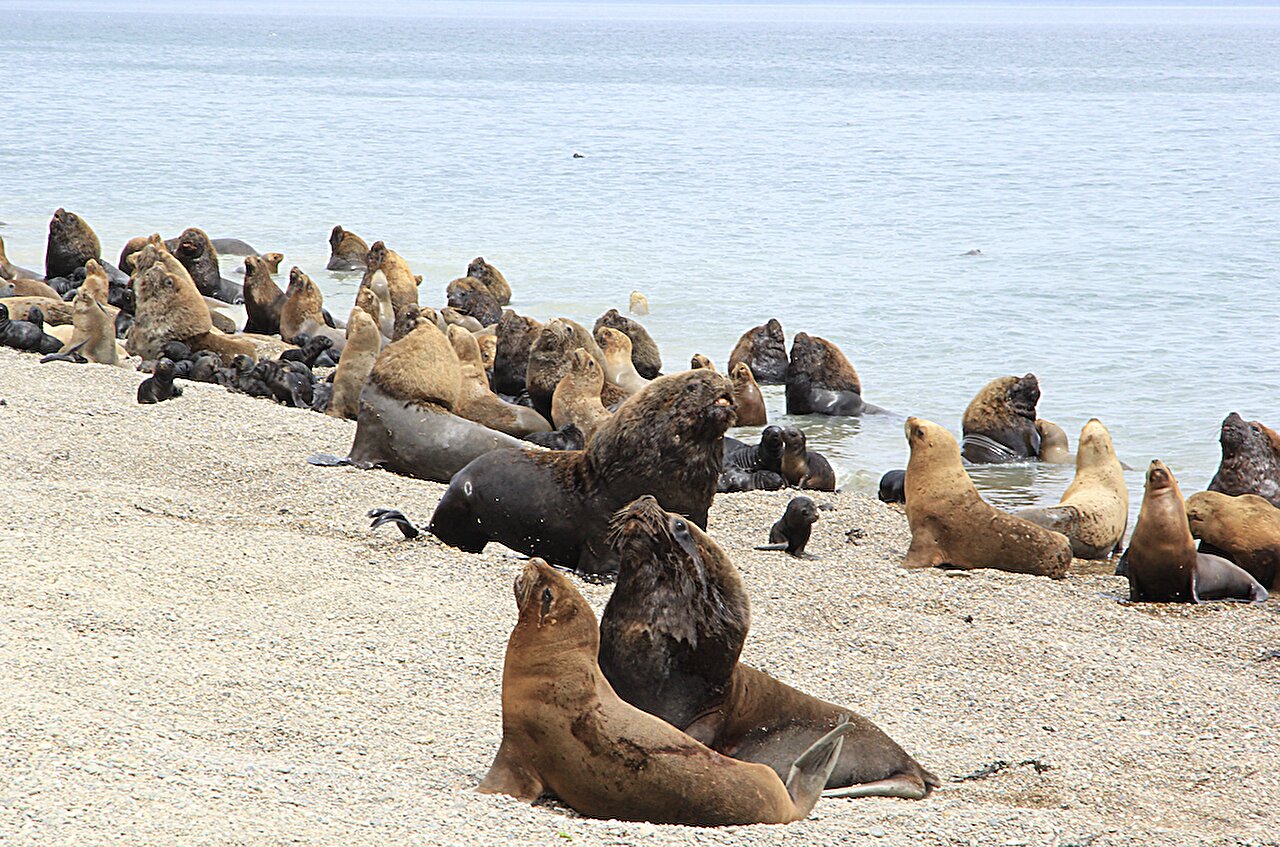Physical Address
304 North Cardinal St.
Dorchester Center, MA 02124
Physical Address
304 North Cardinal St.
Dorchester Center, MA 02124


A new study published in PeerJ reveals that the teeth of South American sea lions (Otaria byronia) hold valuable clues about past population dynamics. Researchers from the Instituto de Biología de Organismos Marinos, the Centro para el Estudio de Sistemas Marinos, and the Universidad Nacional de la Patagonia San Juan Bosco analyzed changes in tooth size and growth layer groups (GLGs) over the past century. Their findings suggest that tooth size can serve as a reliable indicator of density-dependent effects on somatic growth.
The study compared male sea lion teeth from two distinct periods: the commercial harvest era, when populations were at their highest, and the postharvest period, when numbers had drastically declined. By measuring tooth length, diameter, and GLG widths, the researchers uncovered clear differences between the two periods.
Key findings include:
“Our results show that tooth size and internal growth layers can provide insights into how population density influences somatic growth,” said lead author Dr. Ailin Sosa Drouville. “During the commercial sealing era, competition for food was intense, which likely led to reduced somatic growth. Once populations declined, individual sea lions had better access to resources, resulting in larger teeth and thicker dentine layers.”

The study highlights the potential of hard structures like teeth as historical records of ecological conditions. Understanding how population density affects growth can help scientists assess past environmental pressures and predict how marine mammals might respond to future changes in population dynamics.

“These findings reinforce the importance of long-term data in understanding how wildlife populations adapt to changing environmental and anthropogenic pressures,” added co-author Dr. Mariano Coscarella. “This knowledge could be particularly useful for managing recovering sea lion populations and anticipating the ecological consequences of future fluctuations in abundance.”
More information:
Ailin Sosa Drouville et al, Changes in tooth size of Otaria byronia: an indicator of density-dependent effects?, PeerJ (2025). DOI: 10.7717/peerj.18963
Journal information:
PeerJ
Citation:
Tooth size in South American sea lions reflects historical shifts in population abundance (2025, March 8)
retrieved 9 March 2025
from https://phys.org/news/2025-03-tooth-size-south-american-sea.html
This document is subject to copyright. Apart from any fair dealing for the purpose of private study or research, no
part may be reproduced without the written permission. The content is provided for information purposes only.